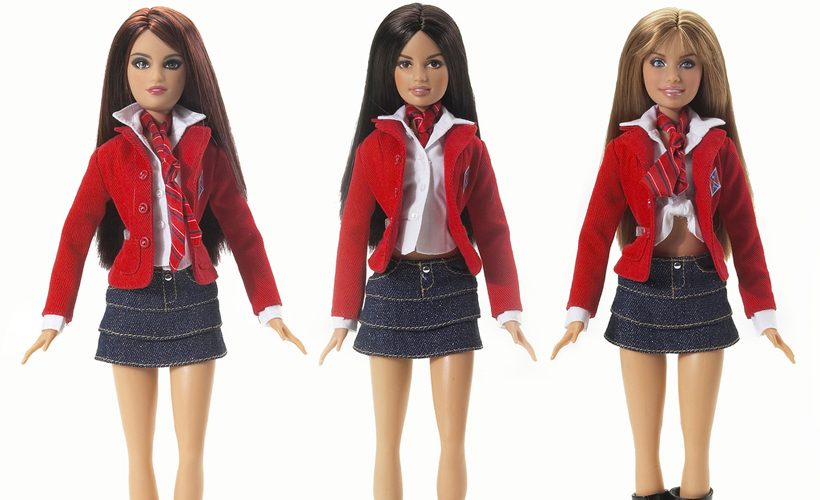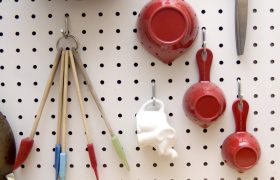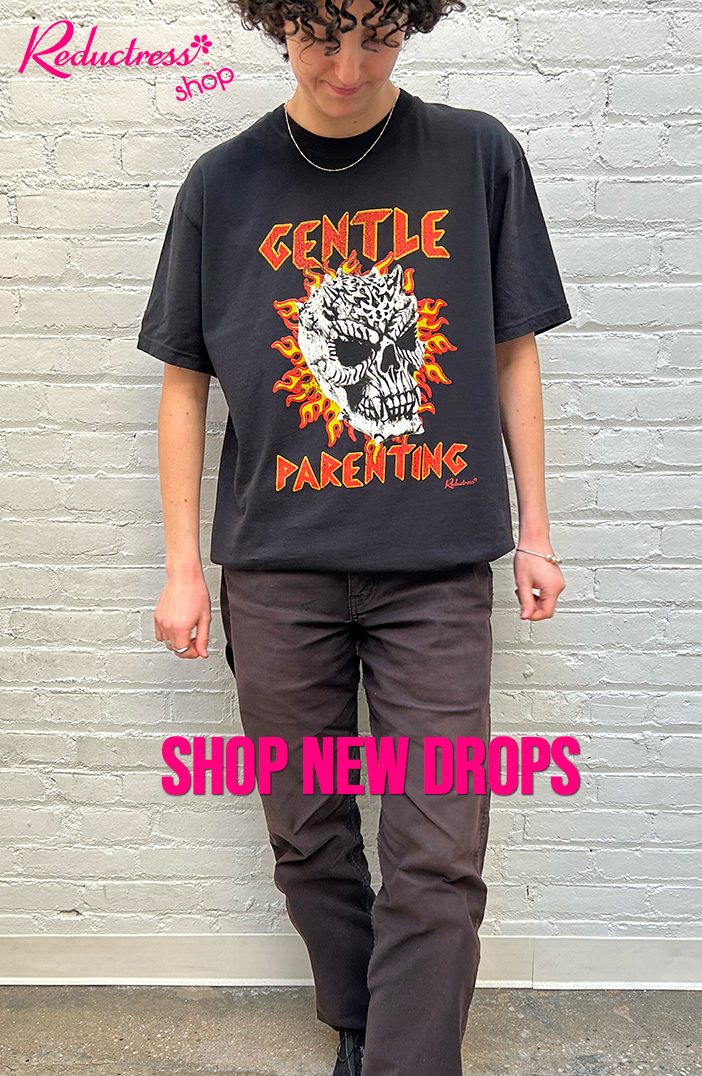Mattel announced a few key updates to America’s favorite doll Barbie earlier this week, just in time for mold season.
Responding to critics who say Barbie sets an unrealistic standard for young girls’ immune systems, Fall 2015’s Barbie doll has been redesigned with puffier eyes, redder skin, flaky nostrils, and seasonal allergies that change every seven years.
“It was important that Barbie reflect our consumers—real girls—the way they truly are,” says Mattel CEO Christopher A. Sinclair. “And for us, that meant integrating a diverse set of allergies and allergy-like symptoms in our doll design, and having those allergies change like real girls do. It is my distinct honor to oversee the company at such an exciting time as this.”
Now, whether girls are prone to sinus infections, dust sensitivities or ragweed-induced sneezing fits, Barbie will accurately reflect a realistic variety of pollinosis. And Barbie’s allergies changing every seven years offers a fun surprise element that young girls find irresistible.
“It’s fun guessing what allergy she’ll have next,” says 10-year-old Kaia Brown of Highland Park, Illinois, who demanded a Barbie for her birthday next week. “Right now, my Barbie has hay fever, just like me. And I hope she has pollen sensitivity next, just like my sister! I’m excited to find out. I’ll be 17 then.”
“We’re constantly working toward making Barbie’s environmental intolerances more realistic,” says Sinclair. “And for our next version, we’re hoping to give Barbie some tiny allergy shots to play with. Although we’ve been finding the allergy shots don’t really work, and weren’t even covered by Barbie’s health insurance so the doll owners will have to pay a fortune out of pocket for them.”
In the meantime, each Barbie comes equipped with a half-empty box of tissues, a few used tissues bursting our of her pocket, and a bottle of Walzyr, Walgreen’s generic alternative to Zyrtec.





